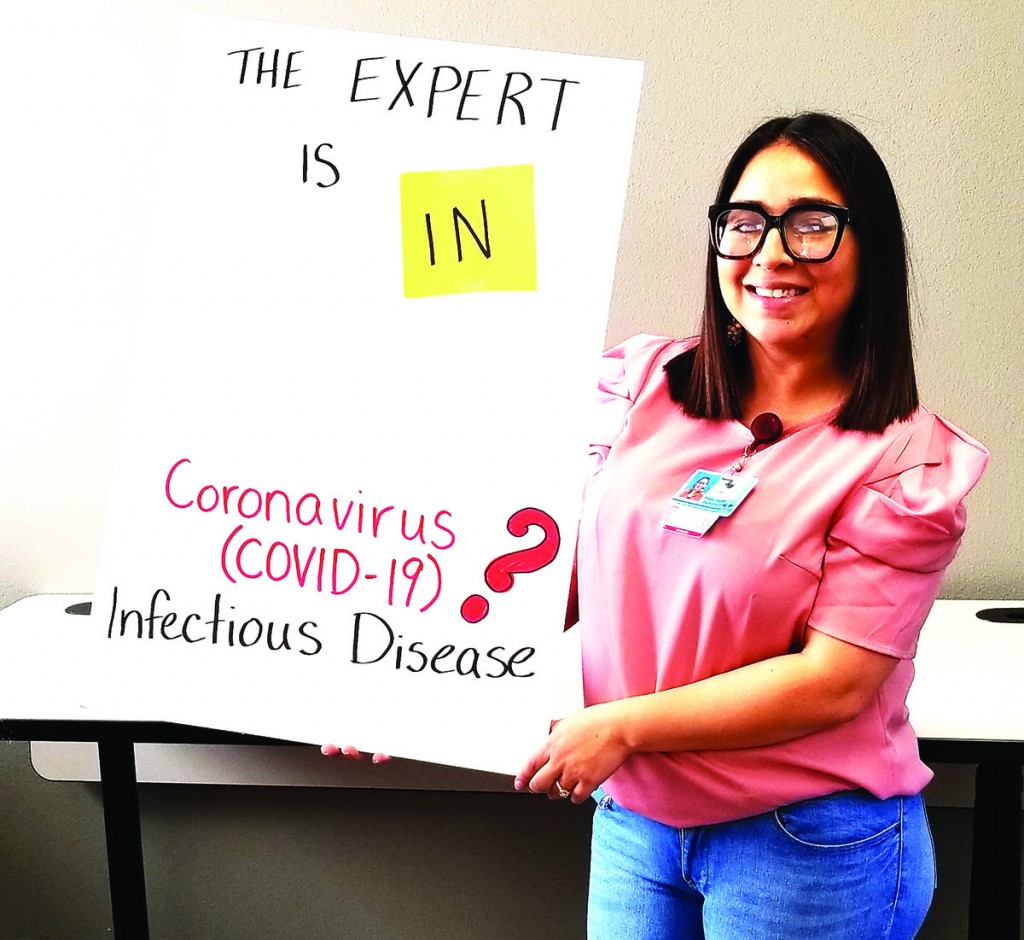SLV ‘prepared’ for coronavirus

State officials say risk of contracting virus low
ALAMOSA — People who have been following the news know that an outbreak of novel coronavirus has been circulating in China and is being monitored by the Centers for Disease Control (CDC) as cases emerge in the United States due to international travel.
According to the Colorado Department of Public Health & Environment (CDPHE), the risk to the general public of contracting the 2019 novel coronavirus is low, but with all the media hype, you might be wondering what would happen if such a case reached the San Luis Valley.
First, it is important to know the facts. There are many types of coronavirus. In fact, the virus often labeled “the common cold” is a coronavirus. It is a type of respiratory virus that causes fever, cough and shortness of breath and can be spread through respiratory droplets produced by an infected person coughing or sneezing.
Coronaviruses can become serious and involve hospitalization, but most individuals recover on their own. In order to contract the 2019 novel coronavirus, someone needs to have been at a high risk of exposure. That means either someone has traveled to mainland China within the last two weeks or has been in close contact with someone who was confirmed to have had the virus.
What happens if a person presents with symptoms at a health care provider or clinic? According to Lilian Coll, SLV Regional Epidemiologist, the provider would conduct a travel assessment. If the person has confirmed risk factors, the next step for the provider would be to contact Coll, who would then coordinate with CDPHE to submit lab samples to the CDC. Meanwhile, the person would be under observation and cautioned to stay home and away from other people. Alternately, Public Health can also conduct a travel assessment if CDC notifies Coll of someone returning from China that resides in the Valley.
It may be comforting to know the San Luis Valley has resources to deal with a potential outbreak, whether it be coronavirus or the pandemic flu. Both the regional epidemiologist, and the medical provider in the scenario above are active participants in the SLV Healthcare Coalition (SLVHCC). This group’s purpose is to coordinate emergency preparedness, response, and recovery activities related to health and medical disaster operations in the SLV region.
“SLVHCC partners such as Public Health, hospitals, EMS, and county emergency managers come together quarterly to network, train, coordinate planning, and exercise in order to be ready to respond to disasters in a coordinated fashion as a community healthcare system,” says Emily Brown, SLVHCC Co-chair.
In the case of a local outbreak, the SLVHCC would respond by sharing information among partners, tracking cases, sharing staff and supplies, implementing any actions recommended by the health and medical lead, and supporting the regional emergency response by helping staff the Regional Emergency Operations Center, if activated.
Later this month, the SLVHCC partners will have a chance to practice activating this process in an exercise scenario in which a new flu virus reaches the Valley.
“It’s exactly how we would respond in the case of a coronavirus outbreak,” said Coll.
What can you do to protect yourself from respiratory illnesses?
“Cover your cough with your arm, wash your hands and avoid contact with sick people,” says Coll, “these actions go a long way towards preventing transmission of contagious illnesses.”
If an individual does not have a high risk of exposure, it is very unlikely that the person has the 2019 novel coronavirus, but if individuals are ill and concerned, they should contact a healthcare provider or their local public health agency to conduct a risk assessment.
“People are at a much greater risk of getting the seasonal flu than the 2019 novel coronavirus,” said Coll, “It’s not too late to get the flu vaccine.”
For more information on the 2019 novel coronavirus, go to the State public health web page: Colorado.gov/cdphe/2019-novel-coronavirus, or the CDC web page: cdc.gov/coronavirus/2019-ncov.



